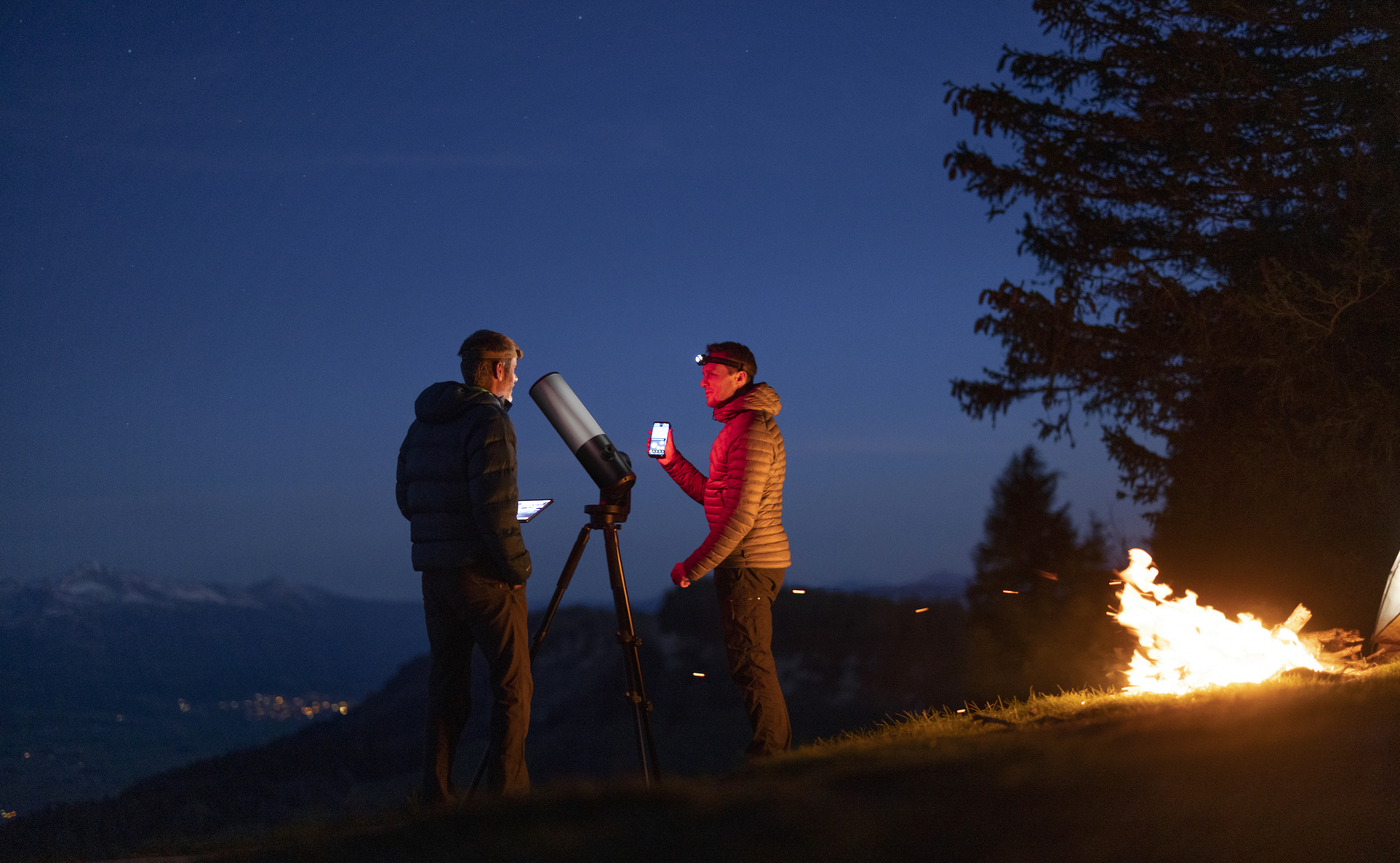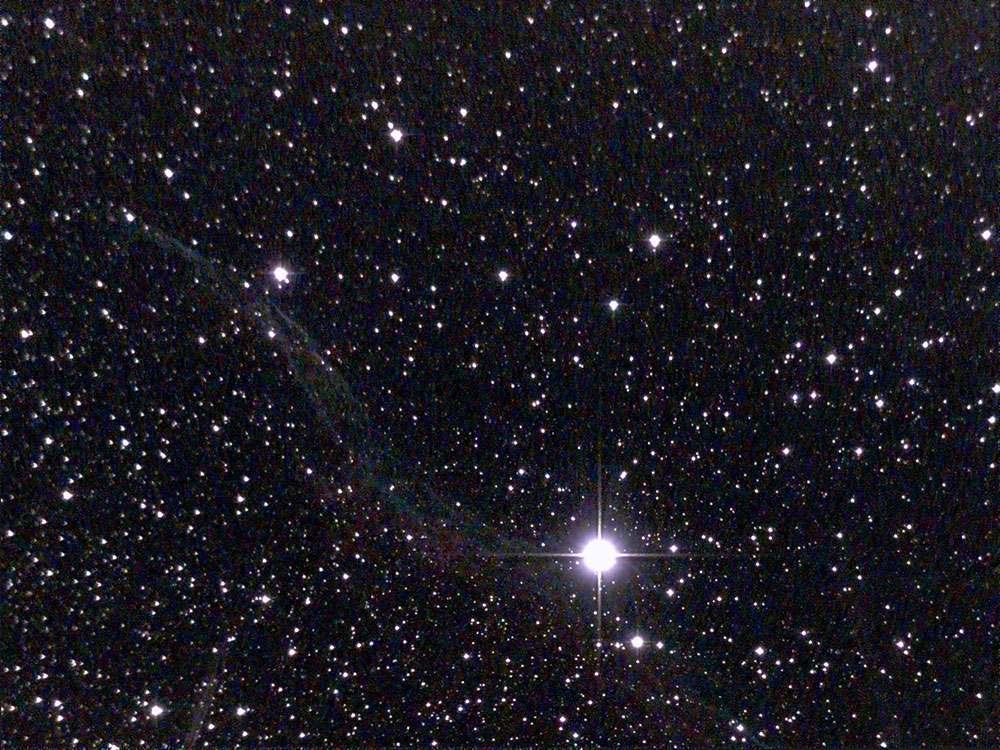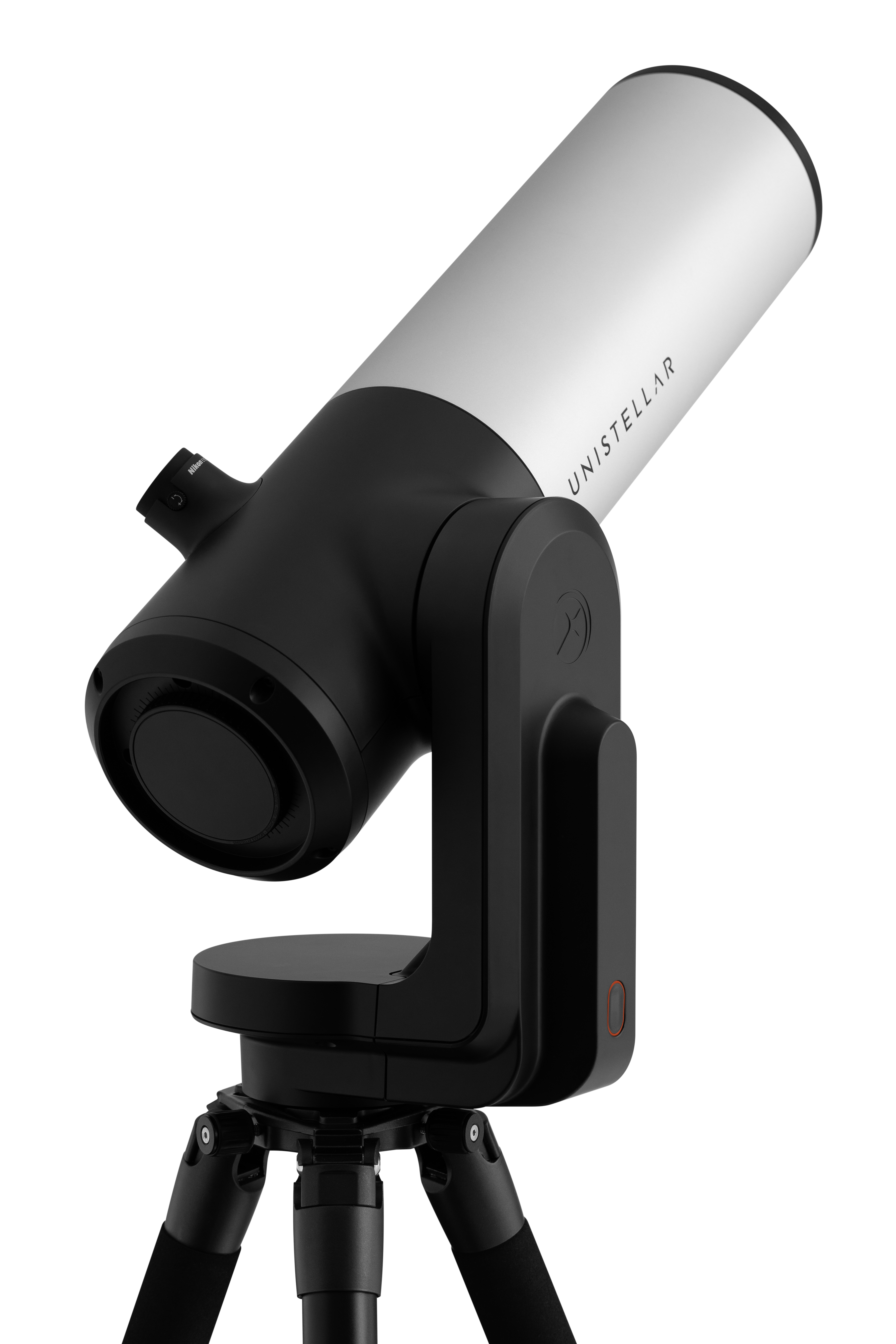Nikon teams up with Unistellar on second-gen eVscope smart telescope
Astrophotography centric eVscope 2 gets Nikon’s electronic eyepiece tech and claims a ‘new astronomy’

Ever since the pandemic struck telescopes have been flying off shelves as home-based hobbies soared in popularity, but it’s a sad fact that light pollution seriously limits what many new stargazers can see from their back gardens. Cue the eVscope 2 from Marseille, France-based Unistellar, which has partnered with Nikon on what it claims is now the world’s most powerful consumer-grade digital telescope.
The eVscope 2 is a very different beast to your average beginner’s telescope. For starters, it’s entirely digital, allowing up to ten smartphones for tablets to connect via WiFi and live-stream observations made by its 114mm/4.5-inch reflector.
However, while the original Unistellar eVscope had a rather disappointing eyepiece, the eVscope 2 includes a best-in-class Nikon electronic eyepiece that Unistellar claims creates immersive observation with rich contrast and perfectly black images.
• Read more: Best telescopes for astrophotography and stargazing
The telescope’s images are digitized by a camera sensor inside the eVscope 2, which uses Unistellar’s ‘Enhanced Vision’ technology’ intelligent image processing, which stacks long-exposures of deep-sky objects you point it at – such as galaxies, globular clusters and nebulae.

“Through Unistellar’s digital telescope leadership, combined with Nikon’s optical expertise, space-lovers can immerse themselves in the wonders of the Universe – no rocket required,” said Laurent Marfisi, chief executive officer at Unistellar.
The company’s technology seriously impressed us on the original eVscope and the eyepiece-less eVscope eQuinox, with image quality in the Unistellar app far surpassing what you might see on your average back garden telescope. Crucially, that applied even in heavily light-polluted cities. So our hopes are high that this image quality will be significantly increased in the eVscope 2’s all-new eyepiece.
Get the Digital Camera World Newsletter
The best camera deals, reviews, product advice, and unmissable photography news, direct to your inbox!
That goes double since the eVscope 2 also comes equipped with upgraded electronics, a jump in pixels and Unistellar’s new ‘Super Resolution’ tech. New for the Unistellar eVscope 2 is a Sony Exmor IMX347 sensor replacing a IMX224 in the original. That means an improvement in resolution from 1.4 megapixels to 7.7 megapixels (though a recent firmware upgrade enables the original eVscope to push-out 5 megapixels). Those extra pixels are going to be useful because the eVscope 2 enables users to zoom-in more on its images, too.
This second iteration of the eVscope also has a slightly wider field of view at 47 arcminutes. That’s going to be very useful for observing and photographing large celestial objects such as the Android Galaxy, the Orion Nebula and the Moon, which the original eVscope struggled to fit into its field of view. It’s a change that makes a lot of sense.
However, all these advances come at a high cost. While the original cost US$2,999/UK£2,599, the eVscope 2 costs US$4,199/UK£3,399. It’s now on pre-order at unistellaroptics.com/evscope2.

Unistellar’s aren’t the only so-called ‘smart telescopes’ in town; it will go head-to-head with the Vaonis Stellina, which offers 6 megapixel images and costs an almost identical US$3,999/UK3,440.
Its price tag might make the eVscope 2 seem like a complicated and specialist purchase, but the eVscope 2 – like its forbear – is all about simplicity. Designed specifically to enable stargazers to easily and quickly observe deep-sky objects from their backyards, even in light-polluted skies – and share their photos – the eVscope 2 uses ‘Autonomous Field Detection’ software to automatically calibrate to the stars above it using the GPS in the user’s smartphone. As well as being automated, it’s portable; it weighs 9kg and comes with a snug backpack and a ten-hour battery.

“Amateur astronomy typically requires a dark sky location, complex gear assembly, time-consuming setup, often hours of image processing, plus the knowledge to bring it all together,” said Marfisi. “With eVscope 2, anyone can join a quick half-hour observation session and enjoy numerous colorful deep space objects, even from a downtown balcony. Our technology is helping astronomy to finally play a role in people’s daily lives.”
However, eVscope 2 has a serious amateur astronomy side to it. Able to collect valuable scientific data from remote locations, Unistellar has developed a 5,000-strong community that together make observations of near-Earth asteroids and even exoplanets orbiting distant stars. The goal is to use these digital, connected telescopes to contribute to space science and even support NASA missions.
“The eVscope 2 is a leap forward for ‘new astronomy’ and is helping fuel a significant cultural and scientific shift,” said Marfisi. “While enjoying the colors and details of nebulae and galaxies, they can also contribute to increasing our knowledge in space through citizen science.”
Read more:
Vaonis Stellina smart telescope review
The best telescopes in 2021
The best camera for astrophotography
The best CCD cameras for astrophotography
The best lenses for astrophotography
The best light pollution filters for astrophotography

Jamie has been writing about photography, astronomy, astro-tourism and astrophotography for over 15 years, producing content for Forbes, Space.com, Live Science, Techradar, T3, BBC Wildlife, Science Focus, Sky & Telescope, BBC Sky At Night, South China Morning Post, The Guardian, The Telegraph and Travel+Leisure.
As the editor for When Is The Next Eclipse, he has a wealth of experience, expertise and enthusiasm for astrophotography, from capturing the moon and meteor showers to solar and lunar eclipses.
He also brings a great deal of knowledge on action cameras, 360 cameras, AI cameras, camera backpacks, telescopes, gimbals, tripods and all manner of photography equipment.
